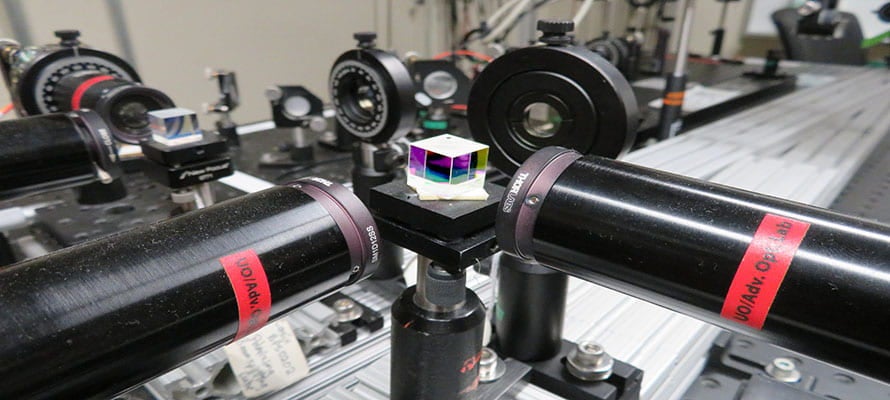Abstract: Femtosecond stimulated Raman spectroscopy (FSRS or fissors) is a form of time-resolved Raman-scattering spectroscopy designed to probe changes in molecular conformation. Because the energy-level splittings associated with conformational motion are small, in keeping with the relative slowness of changes in the overall molecular shape, Raman transitions between conformational states are difficult to resolve against the background of an unshifted Rayleigh-scattering signal. As an alternative, FSRS monitors the time-varying spectral location and shape of the more dramatically shifted Raman signals associated with higher frequency vibrations and tracks conformational change through the anharmonic coupling of those vibrations to the conformational modes. I will describe a theoretical description of fissors that incorporates the adiabatic dependence of vibrational states on the conformational coordinate as well as an electronically adiabatic description of the system's response to the slowly varying envelope of the narrowband Raman pump pulse. Calculated signals from a photodissociative model system illustrate the ability of fissors to track conformational change. A vibrationally adiabatic treatment of transient absorption is also put forward. Calculated transient absorption signals from the same model system bring to light the comparative insensitivity to conformational motion of that widely practiced experimental technique.
How fissors works. Three-pulse femtosecond stimulated Raman spectroscopy as a probe of conformational motion
By Jeff Cina, OMQ

- Event Type: Seminar
- Date and Time: 02/15/2021 4:00 pm - 02/16/2021 4:45 pm
- Location: Zoom
